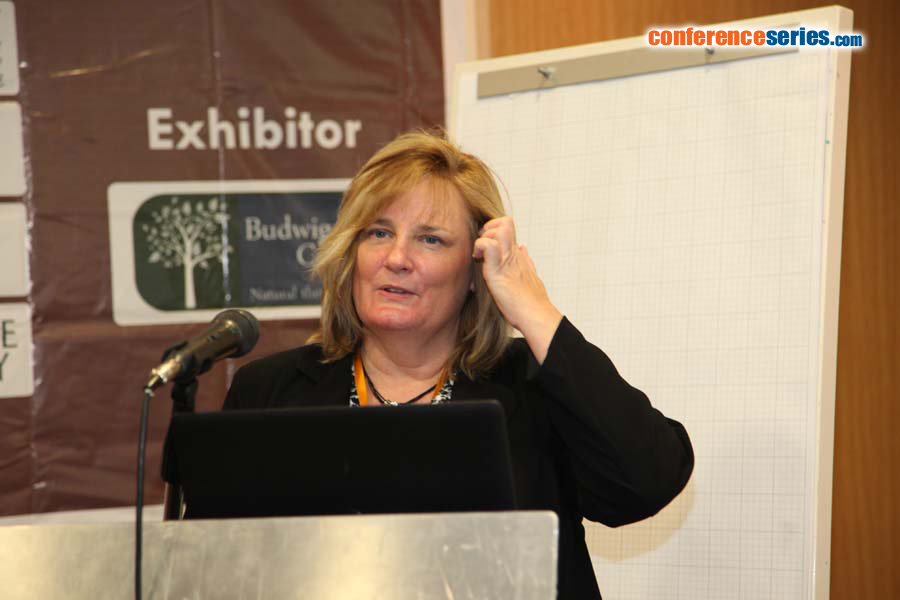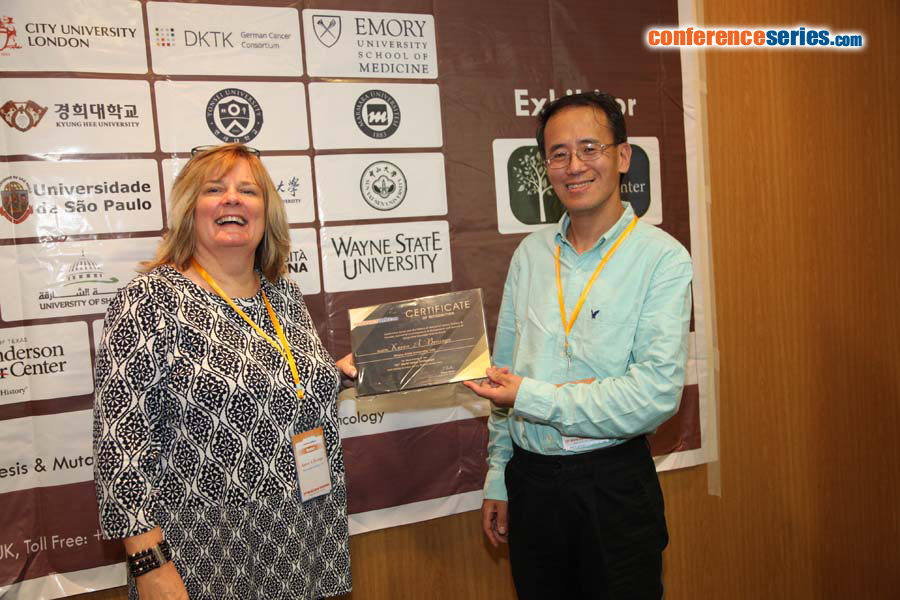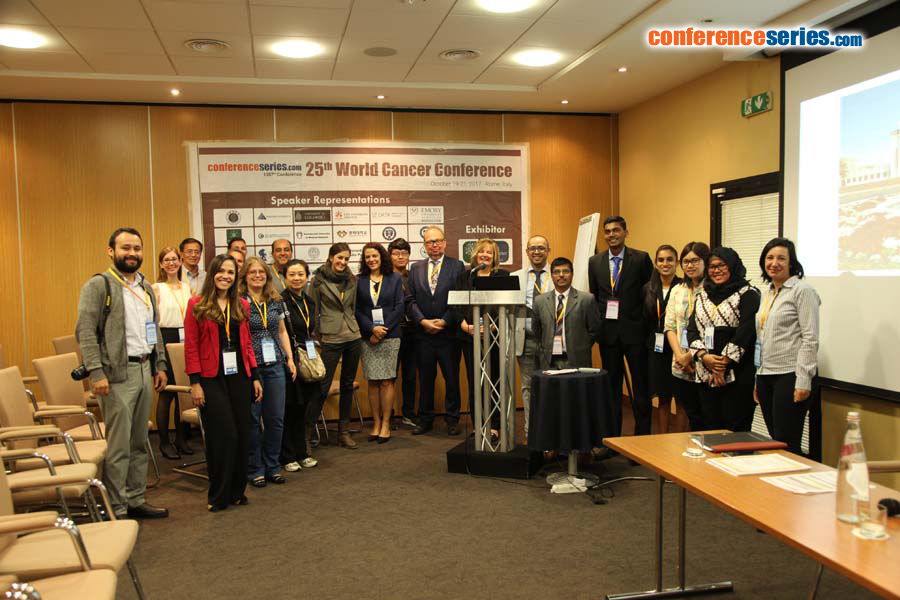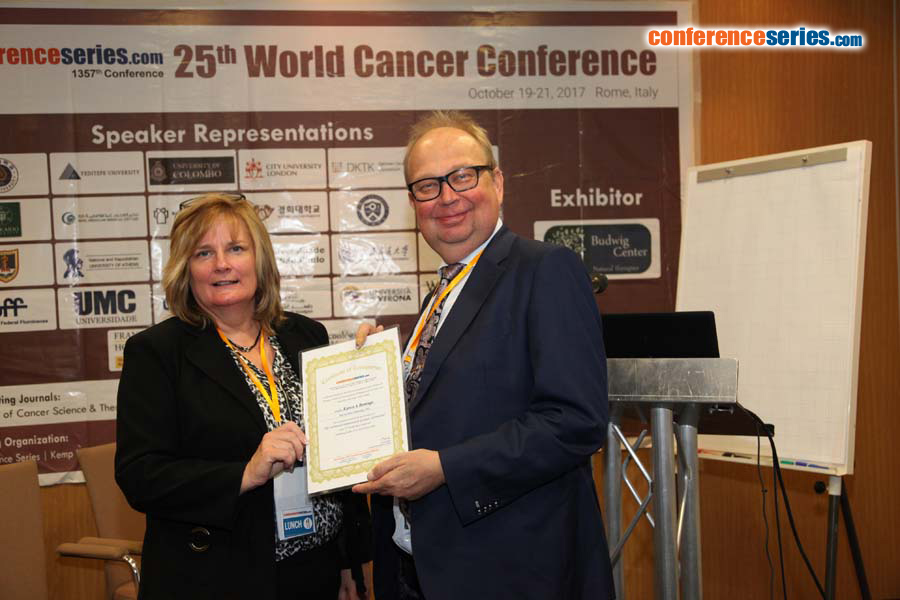
Biography
Biography: Karen A Beningo
Abstract
The ability of a cell to invade surrounding tissues is an abnormal cellular process for most cells and is only acquired during the stages of tumor progression and metastasis. What initiates this dramatic change is not fully understood nor is the signals that guide the invasion process. This study has focused on the influence of mechanical cues from the environment that guide the invasive process. We have discovered number mechanical parameters, aside from environmental stiffness that can direct this cellular process. One surprising mechanical signal was the enhancement of invasion of fibrosarcoma cells 2-4 fold above normal levels by simply tugging on the extracellular matrix at magnitudes that mimic those of cellular movements made by fibroblasts within the ECM (Extra Cellular Matrix). We further identified genes that were differentially expressed upon receiving the mechanical cue. Of particular interest was the down-regulation of the beta3-integrin. We have further discovered that this mechanical signal results in the inactivation of PAK1 and the subsequent activation of cofilin, a key protein in the formationmof the invasive structures known as invadopodia. Through confocal microscopy we have determined that tugging on the ECM results in a maturation of invadopodia, as determined by elongation and proteolytic degradation of fluorescent ECM surrounding the invadopodia. In summary, we have identified that tugging on ECM fibers at magnitudes equivalent to a cell migrating or remodeling the microenvironment can elevate effective invasive behavior of highly invasive cancer cells.







